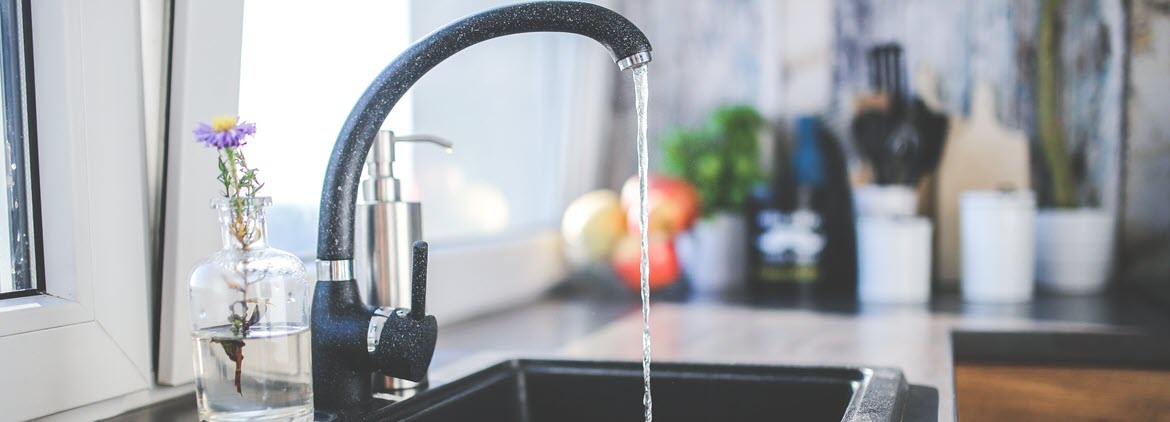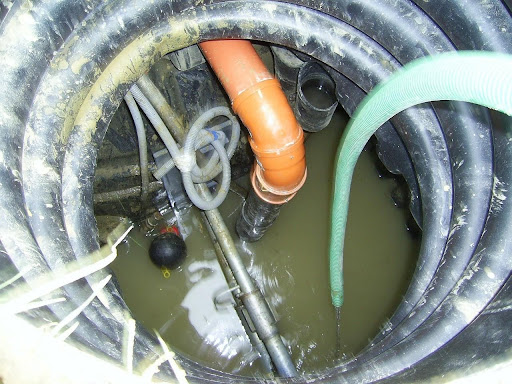Methods for Addressing a Blocked Drain Before Seeking Professional Assistance
Methods for Addressing a Blocked Drain Before Seeking Professional Assistance
Blog Article
What're your concepts about Some easy tips to fix blocked drains?

Intro
Dealing with a blocked drain can be an irritating experience, disrupting day-to-day activities and potentially triggering damage to your building. However, before reaching out to plumbing professionals, there are actions you can require to attend to the problem on your own. In this guide, we'll check out do it yourself remedies and preventive measures to deal with an obstructed drainpipe successfully.
Identifying the Concern
The initial step in resolving a blocked drainpipe is recognizing the indications. Slow-moving drain, gurgling sounds, foul odors originating from drains pipes, or water backing up are common indications of an obstructed drain. Determining these indications early can aid prevent even more complications.
Typical Root Causes Of Obstructed Drainpipes
Recognizing the factors that contribute to drain blockages is vital for efficient resolution. Typical wrongdoers consist of hair, soap residue, oil, food particles, and international items like sanitary products or paper towels. Tree roots attacking below ground pipelines can likewise cause considerable blockages.
Do it yourself Solutions
For minor clogs, a number of DIY solutions can be effective. Pouring boiling thin down the drainpipe can help liquify grease and particles. Baking soda and vinegar or a blend of salt and baking soft drink can act as natural cleaners. Utilizing a plunger or pipes serpent to remove obstructions is one more choice.
Devices and Tools
Having the right tools on hand can make DIY drain cleaning up much more effective. A bettor is a versatile tool for clearing clogs in sinks, bathrooms, and showers. A pipes serpent or auger can reach much deeper clogs, while drainpipe cleansing chemicals can be used meticulously for persistent clogs.
Safety nets
To avoid future blockages, taking on safety nets is vital. Set up drainpipe guards or strainers to capture hair and debris before they go into the pipes. Routinely flush drains pipes with hot water to liquify grease buildup, and stay clear of taking care of grease or strong waste down the drain.
When to Call a Specialist
While DIY options can settle minor blockages, certain indications indicate the need for specialist aid. Consistent clogs, foul odors in spite of cleaning up efforts, or numerous drains backing up at the same time are red flags that necessitate skilled intervention.
Picking the Right Pipes Service
When selecting a pipes service, take into consideration elements such as experience, licensing, and consumer evaluations. Choose a trusted plumber with a track record of high quality workmanship and transparent prices techniques.
Cost Considerations
The expense of specialist drain cleaning services can differ depending on the seriousness of the obstruction and the plumbing professional's prices. Demand quotes from multiple service providers and inquire about any kind of added fees to ensure openness and stay clear of shocks.
Safety and security Measures
When attempting do it yourself drain cleaning, prioritize safety. Wear safety handwear covers and glasses to prevent contact with dangerous chemicals or germs. Never blend various drainpipe cleansing products, as this can produce unsafe fumes.
Instance Studies
Real-life examples highlight the efficiency of DIY options and the significance of timely expert intervention in settling drainpipe blockages.
Conclusion
By adhering to the tips laid out in this overview, you can efficiently tackle obstructed drains and protect against future plumbing issues. Whether going with do it yourself solutions or seeking specialist aid, prompt action is crucial to keeping a healthy and balanced pipes system and maintaining the honesty of your home.
How to Clear a Clogged Drain Yourself (And When to Call In the Professionals)
What Can Clog a Drain
Dirt Skin flakes Hair Grease Soap scum Food Offset pipes Tree roots Small objects Mineral buildup DIY Tricks to Unclog a Drain
You can fix this! Once you have identified the source of the clog (or have a vague idea), you can try one or a combination of these fixes in order to clear your plumbing.
Wire Hanger or Snake
Untangle and clear out hair from a drainpipe with a homemade snake. Use a straightened-out wire hanger with a 90-degree angle hook to locate the clog and drag out any unwanted material.
Remember not to push the clog further down to where the wire hanger cannot reach! If you need to follow up with a plunger, give it a try. Your efforts might be more successful after it’s been wire-snaked.
If you want to get fancy and don’t have a wire hanger to spare, head to the store and pick up a hand-operated drain snake. You can get one for $10-$30. It may save you the hassle, and provide additional length to reach deep into the clogged pipe.
Plunger
A cup plunger has a suction cup attached to a wooden handle. The rubber creates a seal around the drain, and increases the pressure force of the plunger.
Plunge for 30-second increments to loosen the clog. This may need to be repeated over the course of 15-20 minutes. Once plunged, run the water to flush the remaining material out of the drain.
Remember– never use a plunger if you have used a chemical drain cleaner. These chemicals can splash up from the force of the plunger and cause serious injury or burns.
Boiling Water
Hot water can sometimes break up materials into a flushable amount. Dirt, grease, and soap buildup requires heat in order to unstick from surfaces.
Take your kitchen kettle and heat your water to a boil. Once it reaches a rolling boil, pour it directly down the drain into the blockage. Carefully follow with plunging, if necessary.
Don’t worry if this takes more than one try! It can often take multiple kettles and repeated plunging in order to clear a particularly stubborn clog.
Chemical Drain Cleaner
As a last resort, pick up a bottle of chemical drain cleaner. Drain-cleaning chemicals are potent, and not very good for the environment.
You may need to wear protective eyewear in gloves before handling your bottle of chemical drain cleaner. Follow the instructions printed on the bottle, and flush with water as soon as the instructions allow. Do not follow with plunging.
Baking Soda and Vinegar
As a safer alternative to chemical drain cleaner, baking soda and vinegar can create a chemical reaction that clears tough clogs.
Combine one cup of cleaning vinegar with one cup of boiling water, and set aside. Once you have done this, pour half a cup of baking soda down the drain. Give the baking thirty seconds to settle and cover a large portion of the problem drain.
Following the baking soda, pour down your vinegar and hot water solution. Once the vinegar and baking soda combine, the mixture will bubble and fix. Let this reaction fizzle in the drain for about an hour.
After an hour, follow with a kettle’s worth of hot water. The heat and liquid should flush out any remaining material.
When to Call a Plumber
If your DIY attempts haven’t cleared your clog drain, it’s time to call in a professional. It’s not worth losing access to your kitchen sink or high-traffic bathroom. A clog in a vital area can keep you from the things you’d rather be doing, and derail your routine.
Anytime a clog is causing water to spread is a time to call in a plumbing service. What starts out as a little bit of water can quickly grow into serious, expensive water damage.
Additionally, a serious clog can result in burst pipes or serious leaks. Make sure you know when to take it seriously!
https://myguysnow.com/how-to-clear-a-clogged-drain-yourself-and-when-to-call-in-the-professionals/

We were brought to that write-up about through a friend on our other web page. Appreciated our entry? Please quickly share it. Help another person find it. I enjoy your readership.
Browse Website Report this page